Are the White Spots on Plant Leaves Mildew?
All of a sudden, you see white spots on plant leaves. It could happen to vegetables, fruits, herbs, and many other plants you grow. As a common yet concerning issue for all gardeners, what are the white spots on plant leaves? While these tiny white spots are considered powdery mildew oftentimes, there are white spots on plant leaves not mildew. In this post, we aim to provide a comprehensive look at all causes, diagnosis methods, and how to get rid of white spots on plant leaves, helping you ensure better plant health.
Table of Contents
What Are the White Spots on Plant Leaves
Rather than a type of disease, white spots on plant leaves are often a symptom that indicates a range of issues. They can vary in size, shape, and pattern, with each representing different plant diseases, including:
- Powdery Mildew
- Downy Mildew
- Botrytis Blight
- Leaf Spot
- Fire Blight
- Spider Mites
- Whiteflies
- Mealybugs
As you can see, in addition to the typical mildew, there are white spots on plant leaves not mildew-alike. In the following section, we’ll dive into each case and see what exactly causes white spots on plant leaves.
What Causes the White Spots on Plant Leaves
The culprits responsible for the white spots on plant leaves can vary from a wide range, including fungal infections, bacterial infections, pests, nutritional deficiencies, environmental factors, and genetic issues. Here, we’ll break down every cause.
Disease Infection
Fungal infections, including powdery mildew and other types of fungi, are one of the most common causes of white spots on plant leaves. Additionally, downy mildew is another prevalent disease that manifests as white spots, though it’s more related to algae. Let’s see how they differ from each other.
Powdery Mildew
Caused by a variety of fungi, including species of Podosphaera, Erysiphe, and others, powdery mildew thrives in both dry and humid conditions but is especially active in warm, dry, sandy, and high-humidity environments. When your plants are affected by powdery mildew, they usually appear as white, moldy spots or a film over the upper surface of leaves, stems, and sometimes flowers. In the end, it may spread to cover the entire leaf surface.
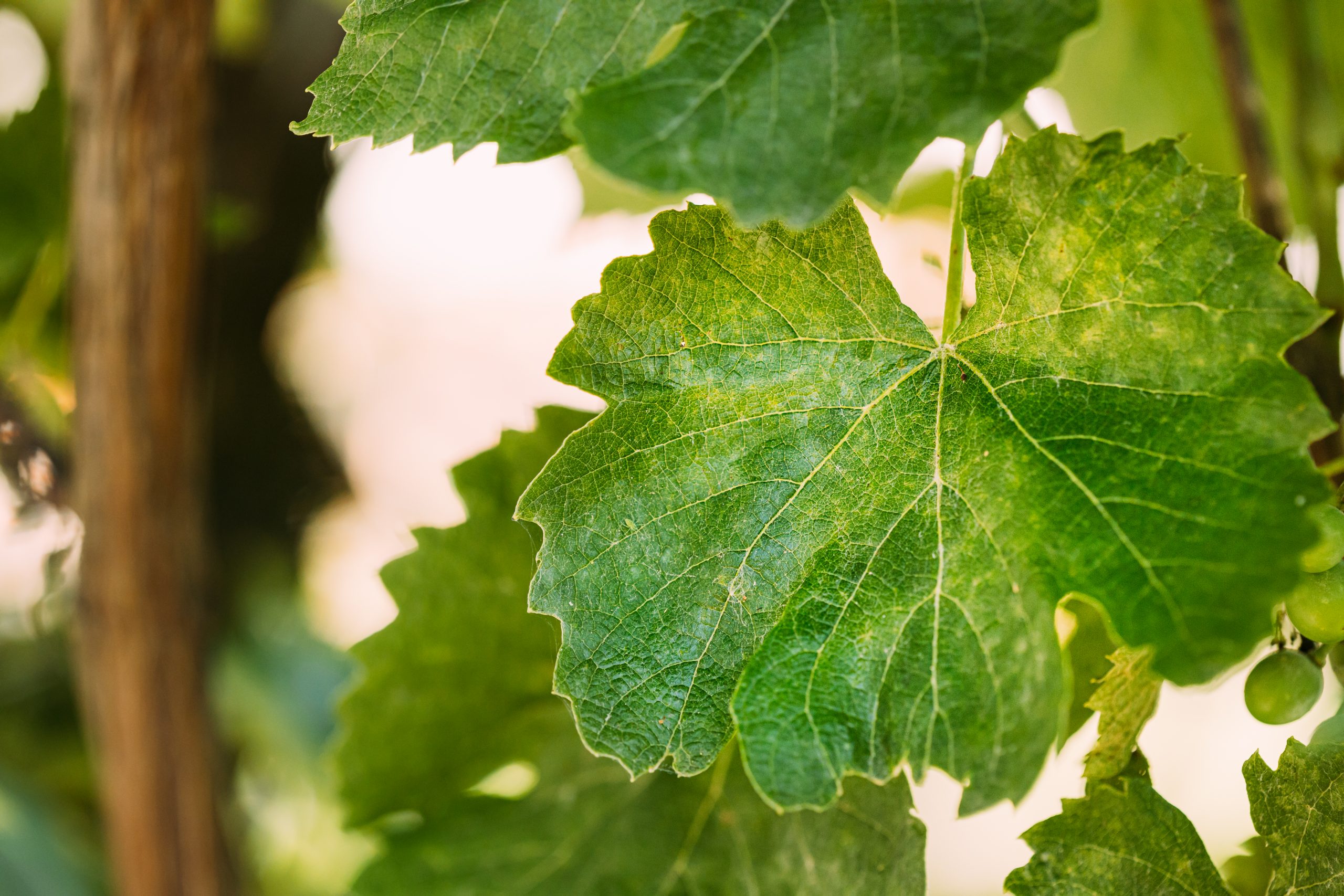
Downy Mildew
Downy mildew is another common disease that attacks your plants and leaves white spots on leaves, particularly on vegetables such as cauliflower, broccoli, squash, and cabbage. Compared with powdery mildew, downy mildew prefers cool, damp, crowded conditions when leaves can stay moist and dense for a long period of time. The location of white spots is also different - yellow spots typically mark the top surfaces of leaves, whereas a grey-white fuzz is generally found on the undersides.
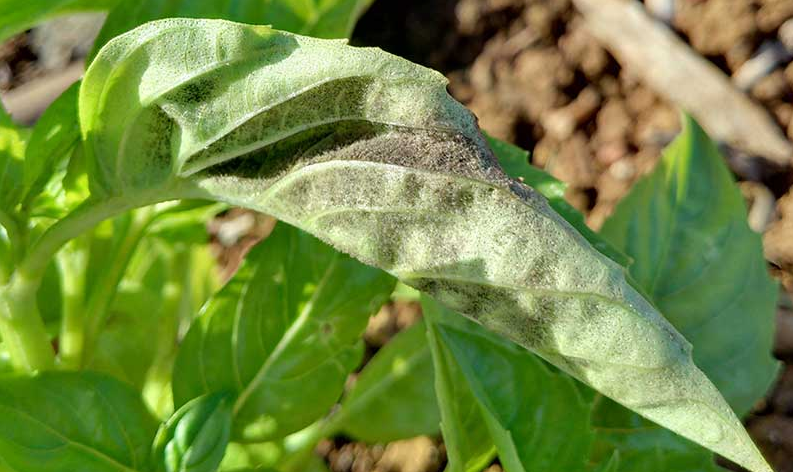
image source: pennington.com
Insects & Pests
It seems to be white fuzzy at first glance, however, when you take a closer look at the plant leaves, they are actually insects or pests covering the plant surface! It’s a bit gross, but we have to admit that insect infections are another major cause of the seemingly white spots on plant leaves. What pests are likely to invade your garden? Here are some of the main bugs that are frequently behind the phenomenon:
Mealybugs
These insects may initially be mistaken for a fungus due to their white, grainy coating, as they often cluster in groups, giving the impression of a white mold. Due to the fact that they can reproduce asexually, which allows for rapid expansion, these bugs are particularly troublesome for citrus trees, houseplants, and fruit trees, if not dealt with promptly.
Cottony Cushion Scale Insects
Particularly attracted to citrus trees like lemons, these pests are similar to mealybugs. When they gather on plants, they look like cotton balls or whipped cream clinging to stems and leaves. They also shed fluffy, white skins as they grow, which stick to the plant. Like mealybugs, they prefer warm, humid conditions and can reproduce easily.
Whiteflies
These tiny, winged insects covered in a waxy, white powder disguise themselves perfectly as tiny white spots on plant leaves. They are quick to reproduce and usually assemble under leaves, forming a layer of bugs and sticky honeydew. When you shake a plant infested with whiteflies, they'll temporarily fly away but usually return as soon as the movement stops.
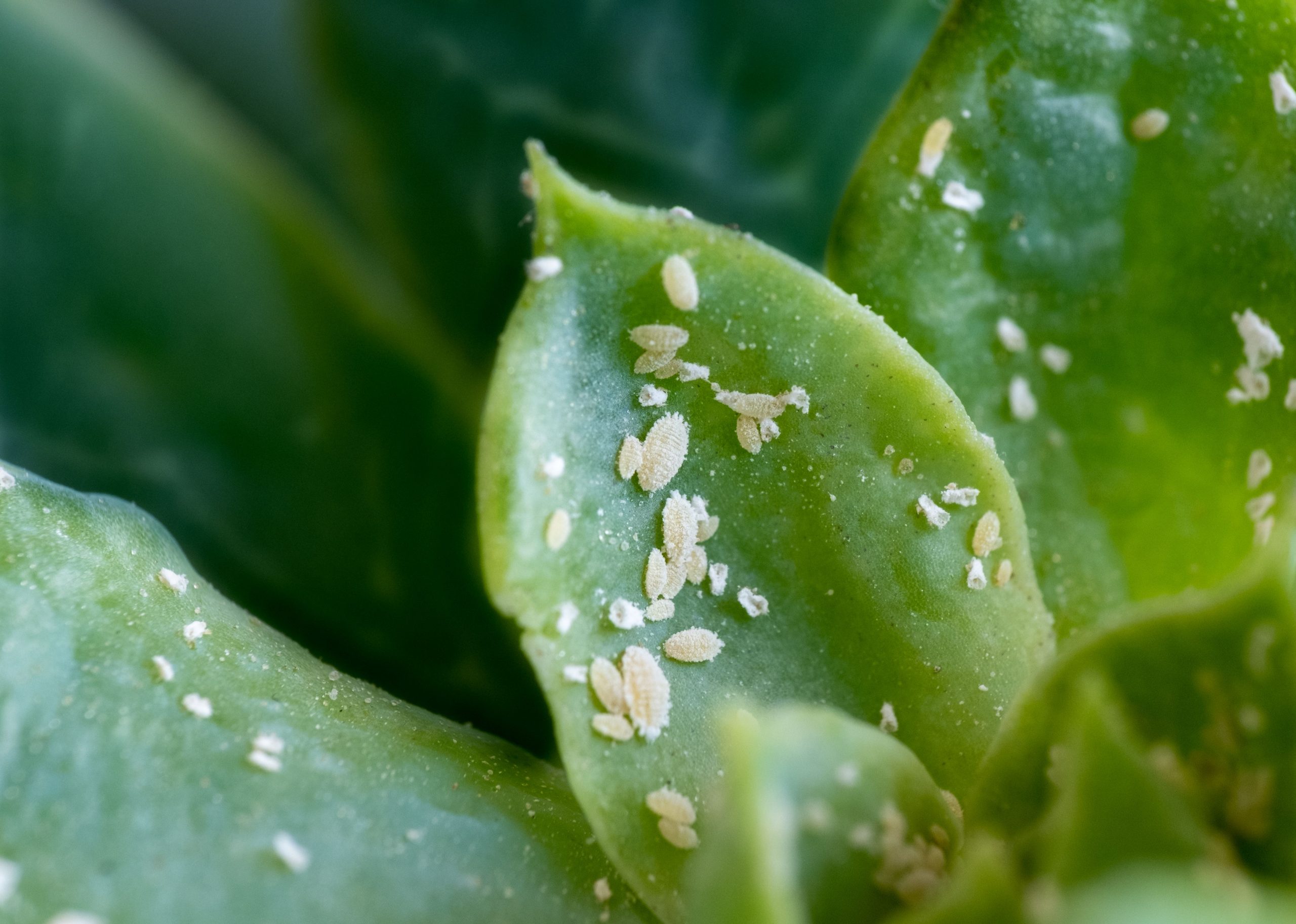
Bacterial Infection
These bacterial diseases often produce small, white, or light-colored spots on leaves, sometimes surrounded by a halo or yellowing. To name two common types of bacterial infections, leaf spot, and bacterial blight are highly likely to attack your plants.
Leaf Spot
Bacterial leaf spot often occurs due to high humidity and warm temperatures, which facilitate bacterial growth and transmission. When caused by bacteria, the spots are often angular, water-soaked, or oily in appearance. Over time, the white to yellowish spots may darken and can become surrounded by a yellow halo. In severe cases, the affected leaves may yellow entirely and drop off the plant.
Bacterial Blight
Bacterial blight typically affects legumes like beans and peas but can also be found in other plants including various ornamentals and some fruits. Initial symptoms are similar to those of leaf spot but may also include wilting or a water-soaked appearance of leaves, stems, and even pods.
Nutrient Deficiency
Though it’s not the major cause, it's possible that nutrient deficiency is the one behind the white spots on your plant leaves. To be more specific, a lack of nitrogen or iron is likely to cause the white or near-white spots.
However, while these deficiencies do cause discoloration, they more commonly result in a yellowing of the leaves rather than white spots. Additionally, sick plants due to nutrient deficiency often manifest on older leaves first. That’s to say, if there are no clear signs on older leaves but white spots on new leaves, chances are it’s not a nutrient deficiency-driven issue.
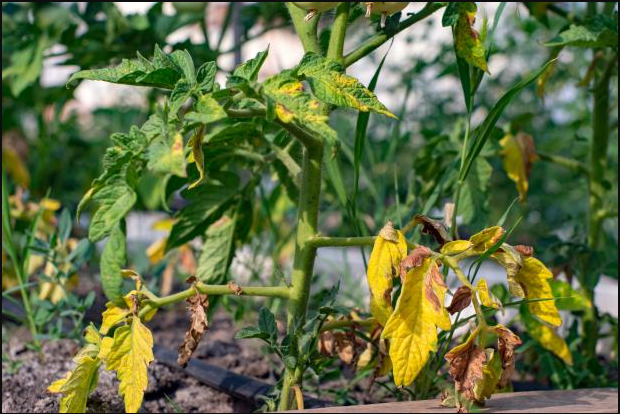
How to Get Rid of the White Spots on Leaves of Plants
The first and foremost thing when confronted with the white spots is always isolating the affected plants. Whether it’s a disease, insect, or bacterial infection, the contagious virus can spread really fast. Then we can focus on curing the plants depending on which situation they are in.
How to Fix White Powdery Mildew on Plant Leaves
- Apply Fungicides
So far, the most effective way to deal with powdery mildew is by using fungicides. Commercially available fungicides are designed to tackle powdery mildew, which you can either purchase online or from a local store.
- Use Natural Solutions
For affected areas of the plant, a mixture of 1 tablespoon of baking soda, a few drops of liquid soap, and a gallon of water can be an effective treatment.
- Improve Air Circulation
Ensure the plants have good air circulation by spacing them adequately. This can help prevent future outbreaks. If you are growing plants in a specialized grow tent, consider adding an inline fan to elevate the ventilation and avoid high levels of humidity.
- Adjust Watering Schedule
Water the plants at the base rather than overhead to minimize leaf moisture, which fosters fungal growth.
How to Fix White Spots on Plant Leaves Not Caused by Mildew
- Diagnosis
First, ascertain the cause. It could be nutrient deficiencies, insect infestations, or even sunburn. Give a rough verdict on the symptoms we mention above.
- Nutrient Treatment
If it's a nutrient issue, adjust your fertilization schedule. Consider soil tests to determine what nutrients are lacking.
- Insect Killing
For insect-related problems, consider insecticides or organic treatments like neem oil. Isolate affected plants until the problem is resolved.
- Use a Balanced Fertilizer
If you are unsure what nutrients are lacking, use a balanced fertilizer that contains a wide array of essential nutrients.
Conclusion
White spots on plant leaves can be alarming but are a treatable issue that often arises from various causes like fungal infections, insect infestations, or nutrient deficiencies. Accurate diagnosis is crucial for effective treatment, whether that's through isolating affected plants, using fungicides, or adjusting air circulation. Preventive measures, such as proper spacing, adequate watering, and regular feeding, can minimize the risk of these problems.
FAQs about White Spots on Plant Leaves
- What is the white spot fungus on my plants?
The white spot fungus commonly refers to "powdery mildew," a type of fungal disease that appears as white or grayish powdery spots on leaves and stems. It thrives in warm, humid conditions and can severely affect a plant if left untreated.
- What kills powdery mildew instantly?
A solution of 1 tablespoon baking soda, 1/2 teaspoon liquid soap, and 1 gallon of water can effectively kill powdery mildew. Spray the affected areas thoroughly. Commercial fungicides specifically designed to treat powdery mildew are also effective and act fast.
- Are white spots always harmful to my plants?
Not necessarily. While some white spots indicate a fungal infection or nutrient deficiency, they can also be benign, resulting from dust or non-damaging pests. The impact on the plant depends on the underlying cause.
- How can I differentiate between fungal spots and nutrient deficiency?
The location of the spots can offer clues. Fungal infections often affect many parts of the plant, whereas nutrient deficiencies often begin with older, lower leaves. For a definitive diagnosis, consider consulting an expert or using a home testing kit.




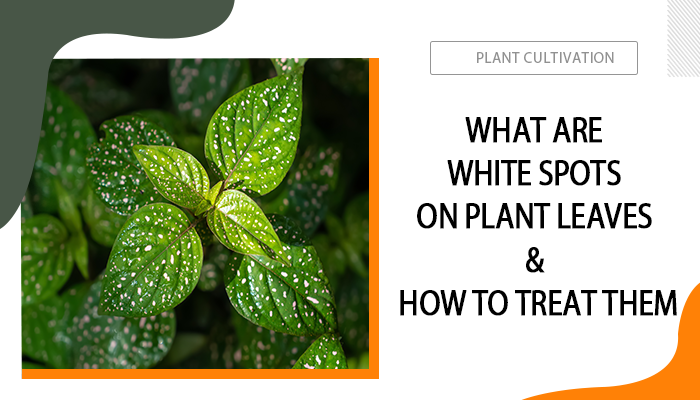


I have mealybugs on my catcus. How do I get rid of them?